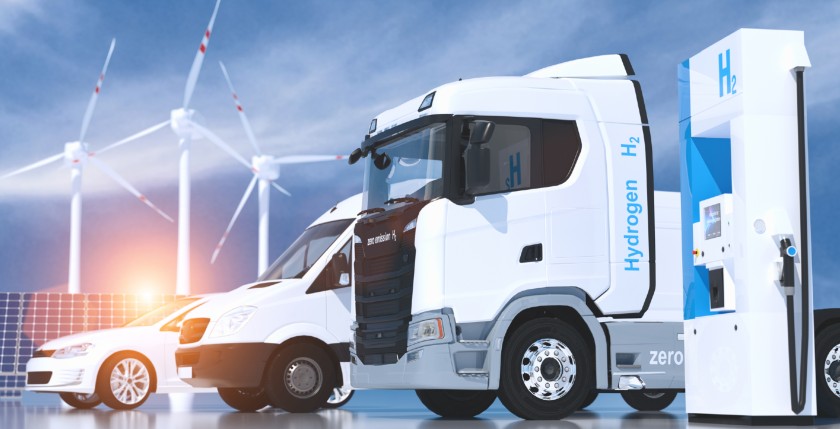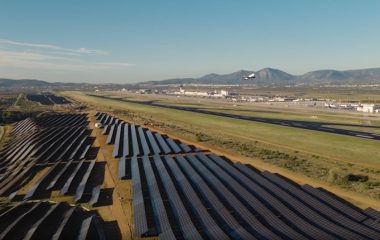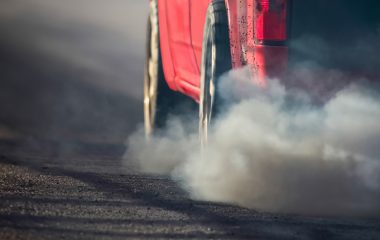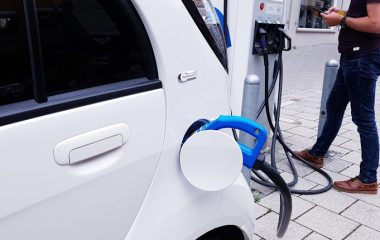
Photo: iStock
A group of companies was selected for support through the European Union’s Innovation Fund for their project for a 2 MW electrolyzer. The facility will initially produce green hydrogen for light and heavy trucks.
Green hydrogen will become available in Cyprus for the first time, the European Commission said, as GreenH2CY was selected for funding in a program for small-scale innovative clean tech projects. It is the first approval from the Innovation Fund in the island country, said MCK. Future Fuels, part of Ketonis Holdings.
Domestic companies A. Zorpas kai Yioi, Evergy and Wincono also participate in the project, together with Germany-based Neuman and Esser Deutschland. Hydrogen will be produced using electricity from renewable sources from a local supplier, according to the announcement. The electricity will be certified with guarantees of origin, the European Commission said.
The plant is expected to produce 150 tons of hydrogen fuel per year
The Future Fuels Pilot Project, as it is known, entails installing and operating a 2 MW proton exchange membrane (PEM) electrolyzer in Larnaca. The plant is expected to produce 150 tons of green hydrogen fuel per year, equivalent to 627 tons of diesel, for transport use. The idea is to build a storage facility and a filling station.
The water to be used in the electrolyzer, where it will be separated into oxygen and hydrogen, will come from the tertiary treatment of wastewater, MCK. Future fuels. It added that the fuel would initially be produced for light and heavy-duty vehicles. Consulting firm Ideopsis contributed to the writing of the proposal, while several ministries helped approve it, the company pointed out.
GreenH2CY is the first project in Cyprus that won grants from the Innovation Fund
The project is envisaged to avoid a total of 21,676 tons of carbon dioxide equivalent during the first ten years of operation.
The 17 selected projects will receive grants between EUR 2.5 and EUR 7.5 million each, or EUR 62 million altogether.
To be called green, hydrogen needs to be produced using electricity from renewable sources. On the other hand, the term clean hydrogen is usually reserved for the result of electrolysis powered by any zero or near-zero carbon technology, including nuclear energy. But for the time being, almost all hydrogen is being produced directly from fossil fuels.
Of note, another company from Southeastern Europe won funding from the Innovation Fund in the same round. Glass manufacturer Steklarna Hrastnik launched a project called BEAR. It will build the first-ever hybrid end-fired regenerative glass furnace. Electricity will have a 40% share in melting, for a capacity of 170 tons per day. The town of Hrastnik is in Zasavje, a coal region in transition in Slovenia.


















Be the first one to comment on this article.